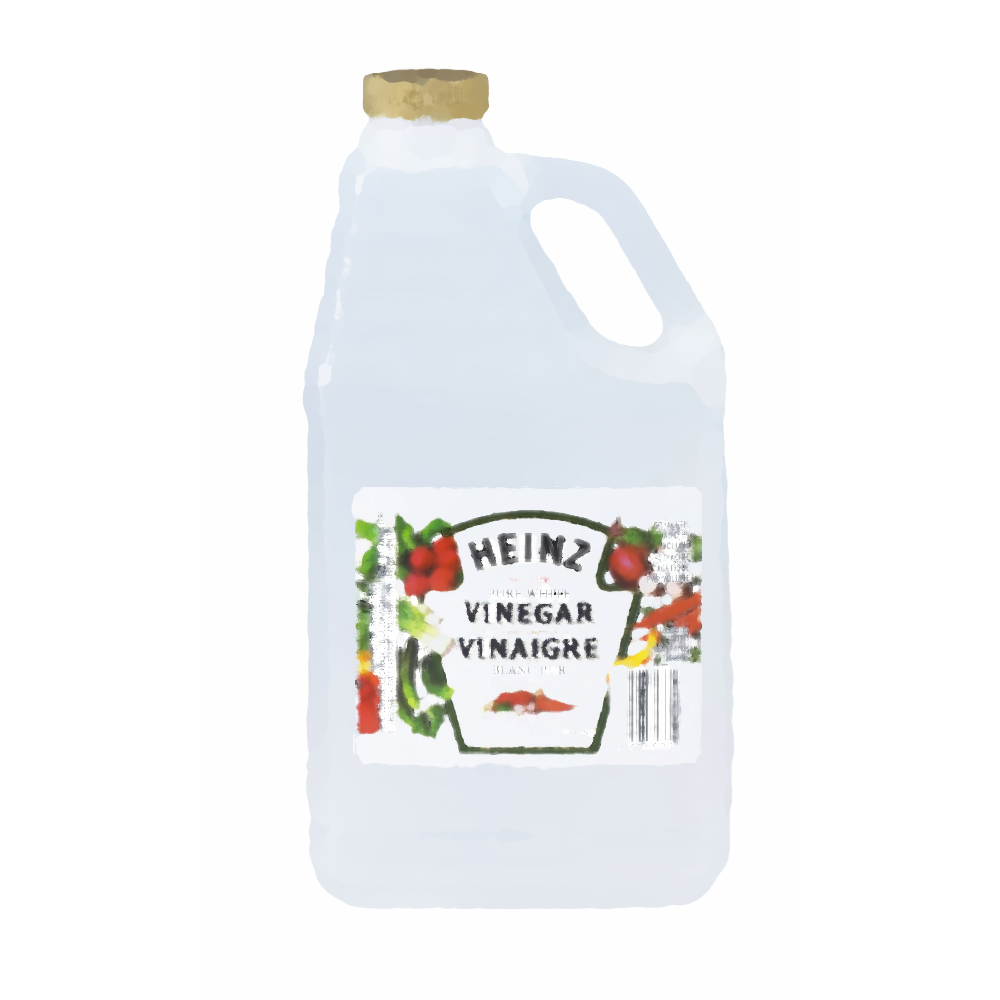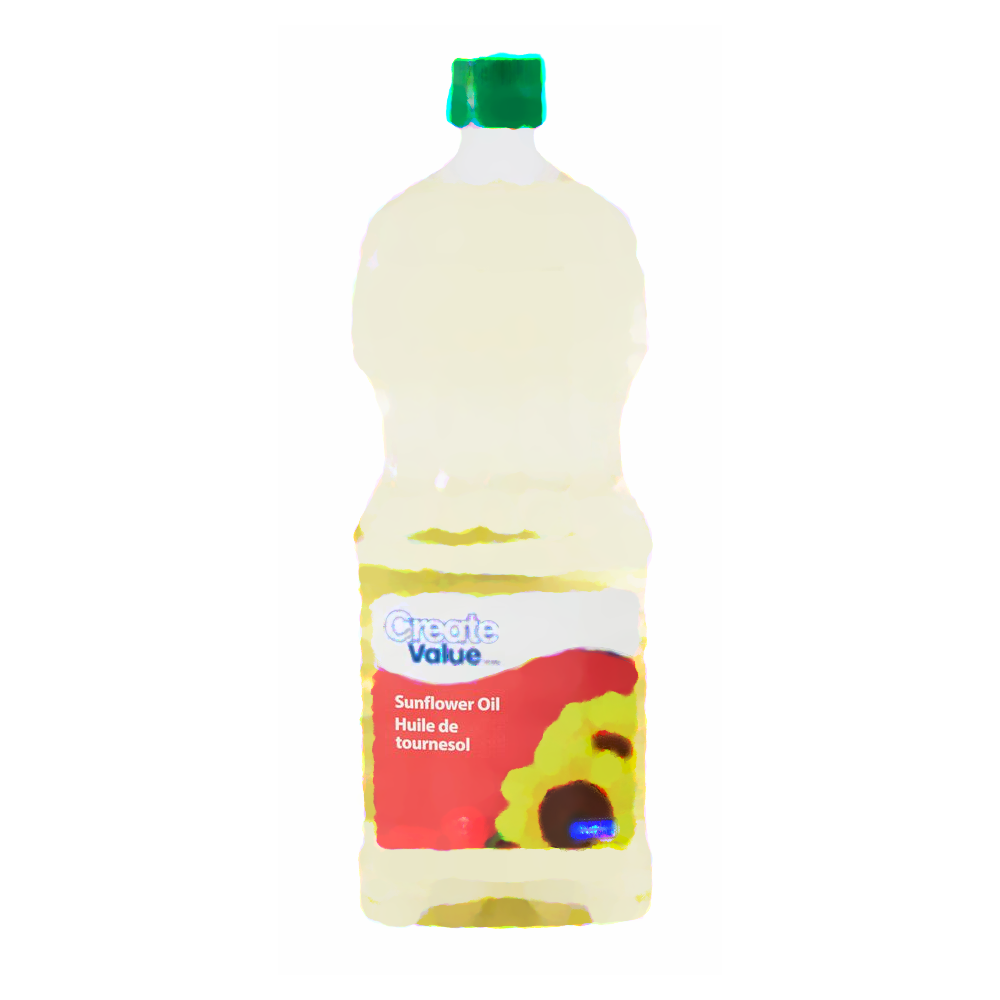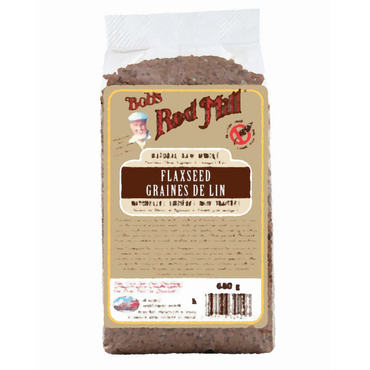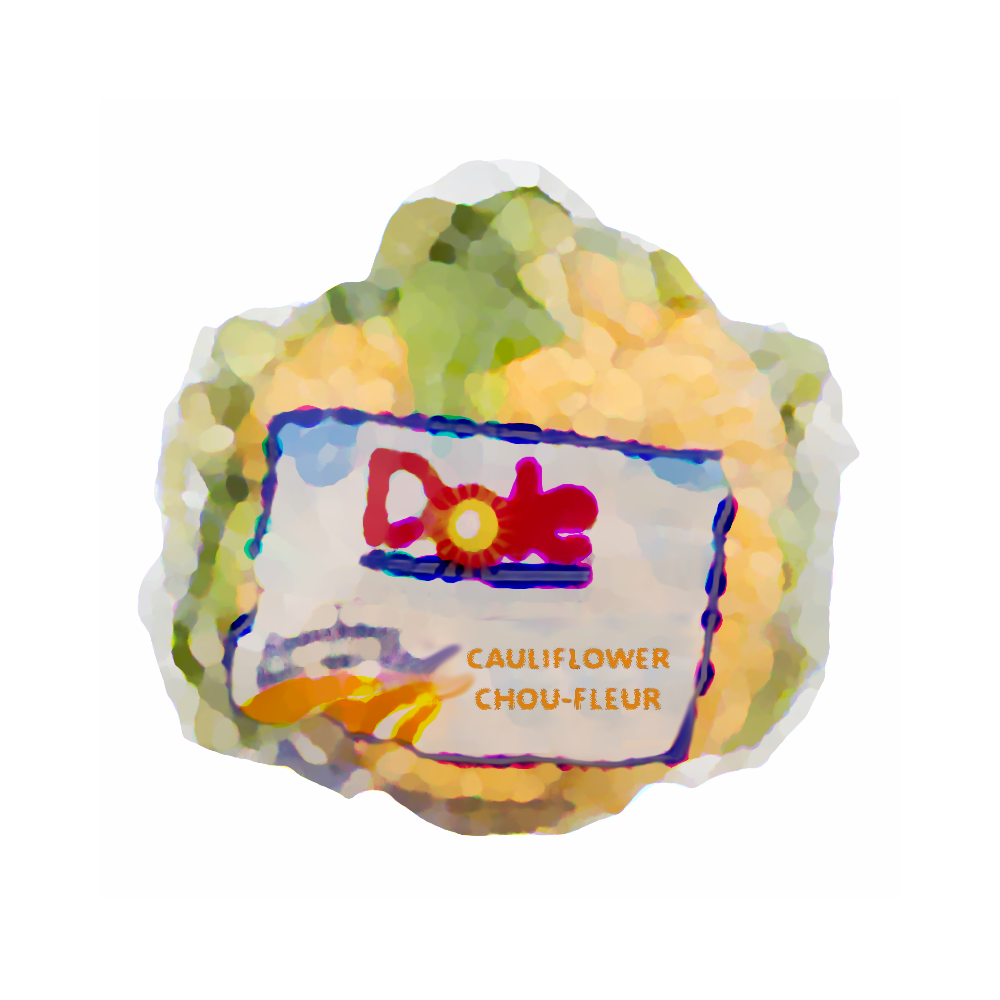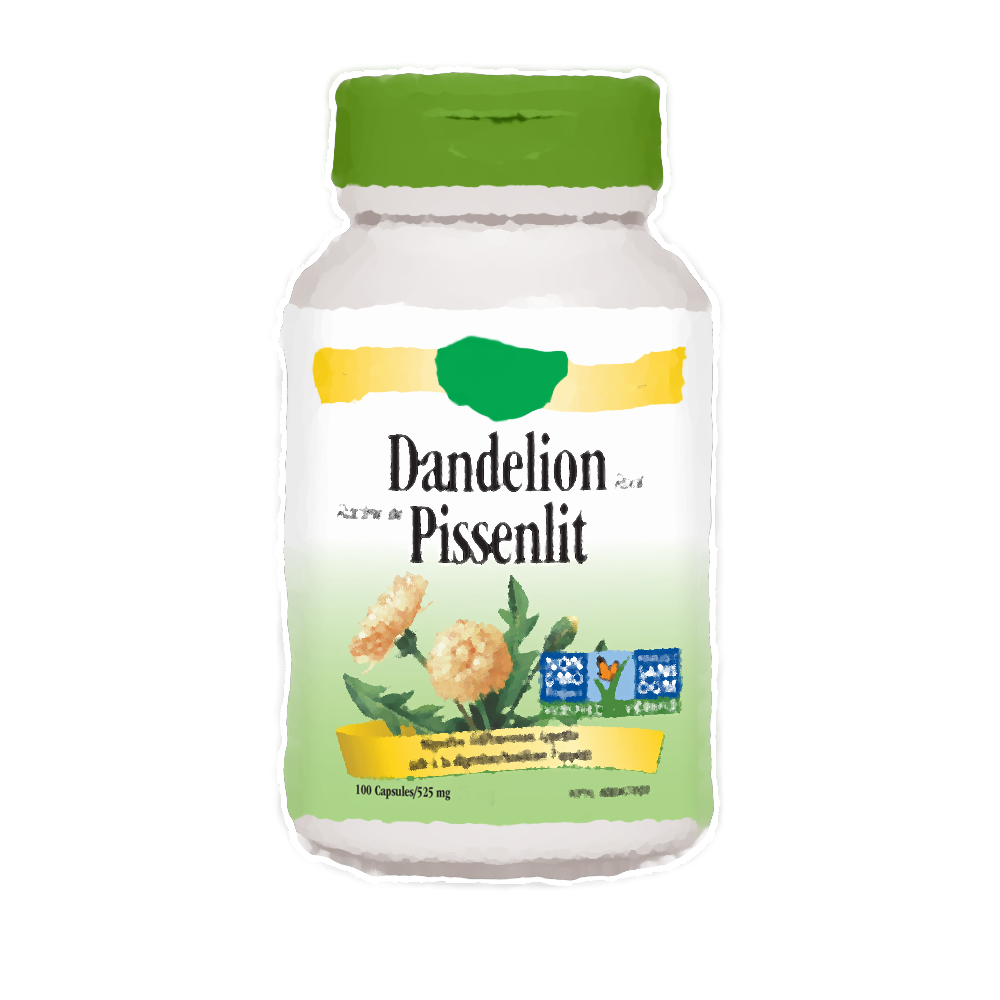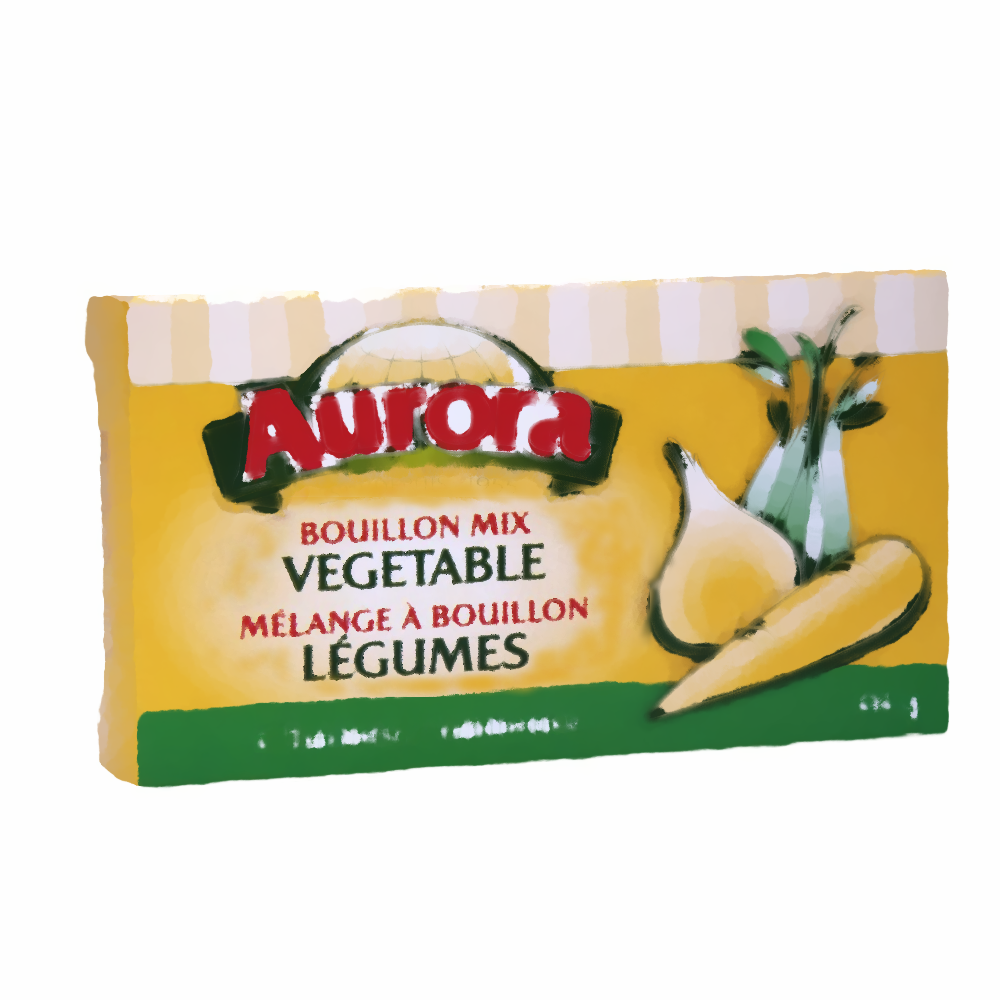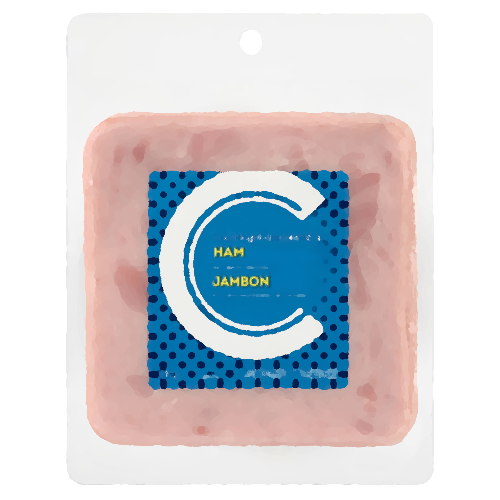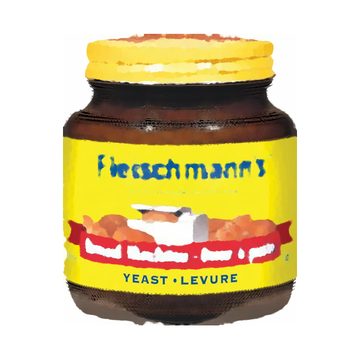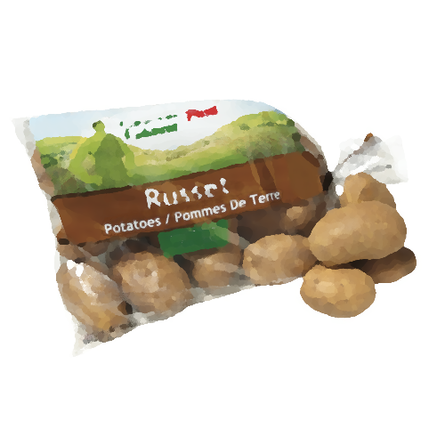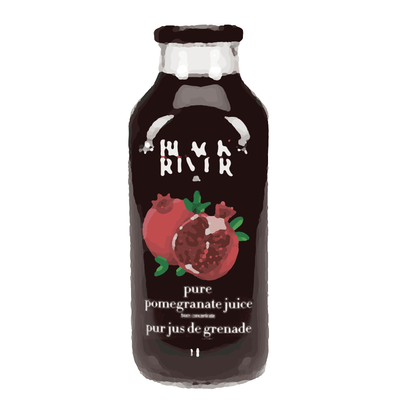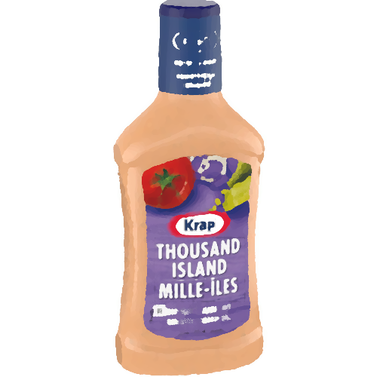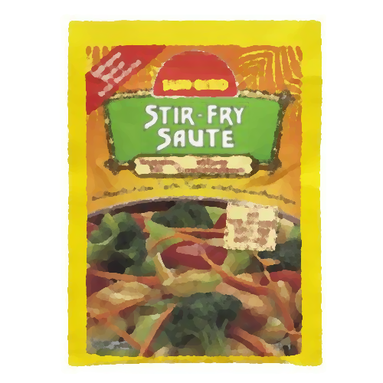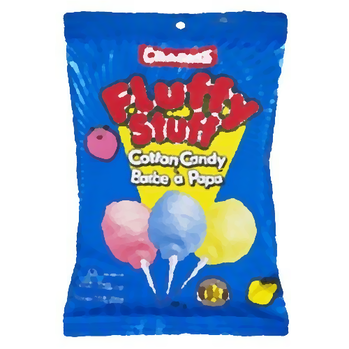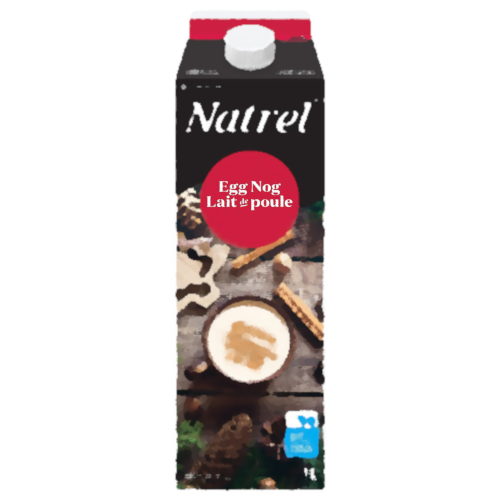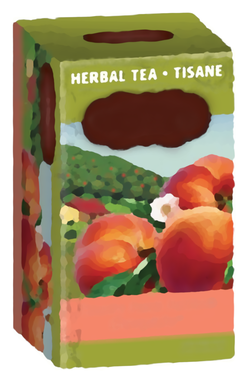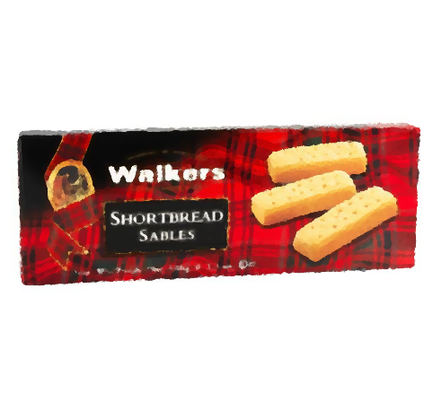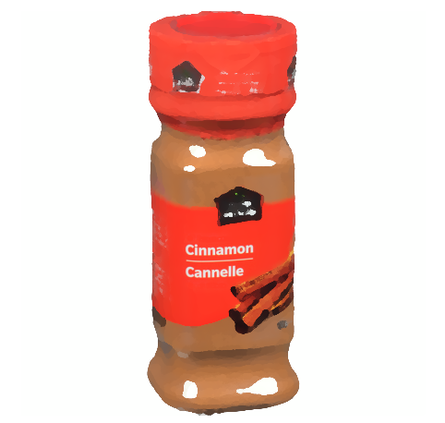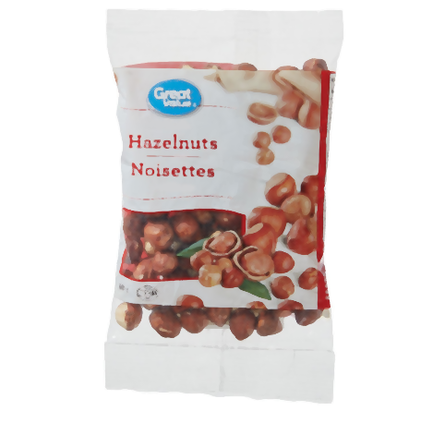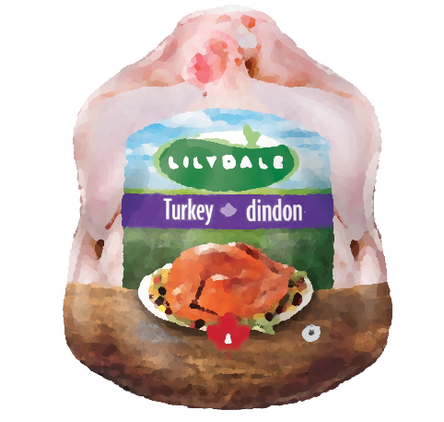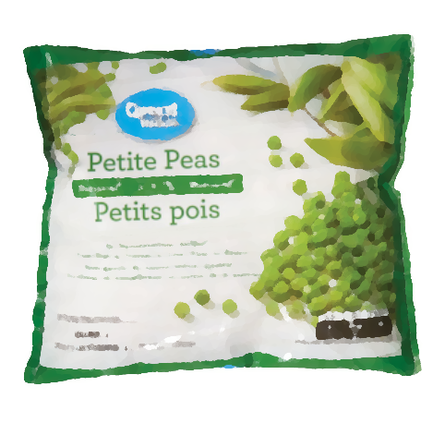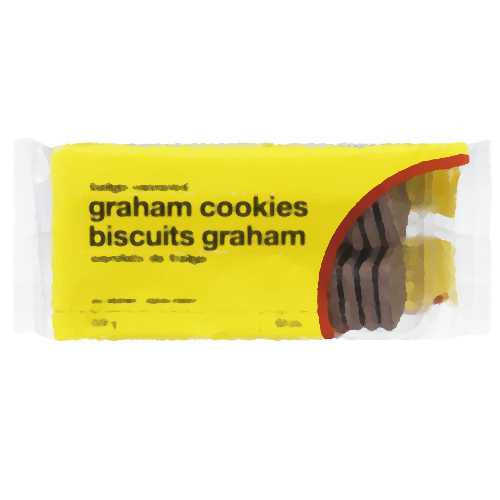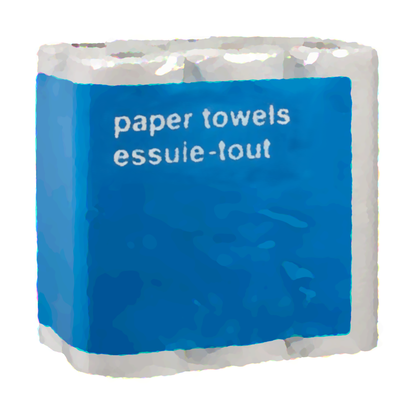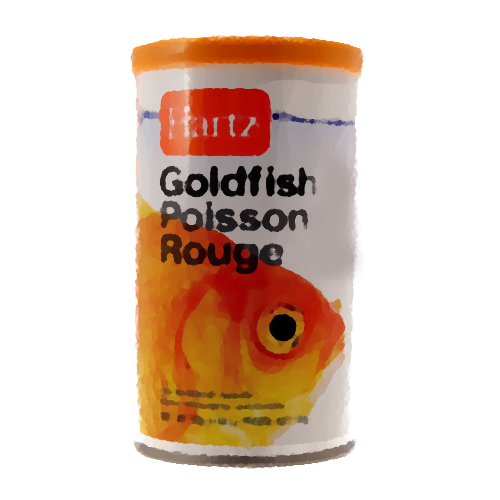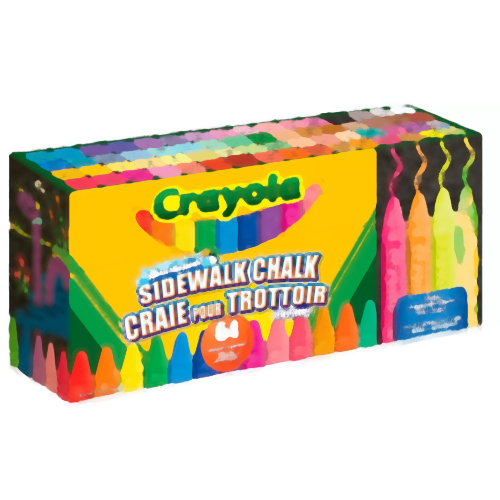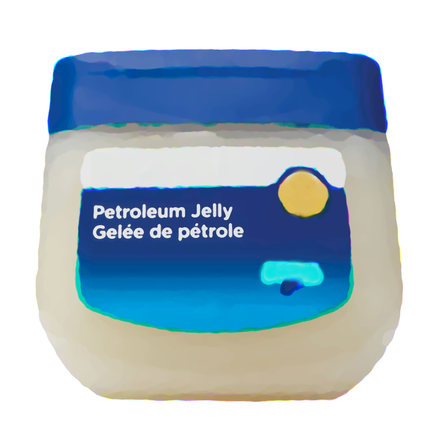Reading the Package / En lisant l’emballage
Just two countries in the entire world have English and French as their only official languages: Cameroon and Canada.
For us Canadians, this means that packaged products are required by federal law to be labeled in English and French. This regulation was designed to ease commerce between English- and French-speaking populations. But it’s had an extraordinarily positive side-effect: every pantry, dining table, and trip to the grocery store is an opportunity for informal language acquisition.
Food packaging is a surprisingly ideal way to pick up new vocabulary. Even if you don’t understand the French, the English subtitles are right there to help you along. And once you figure out what the French means, your learning experience is paired with a concrete object and a sensory experience (yum), which act as mnemonics, helping you remember the new word. And unless you can polish off a box of Lucky Charms in one sitting (which is entirely possible for me), you’ll have the opportunity to reread that box on several, separate occasions, which further ingrains the new word in your brain.
Learning another language gives us insight into the strengths and shortcomings of our own language, it gives us new ways of seeing the world around us, and it even reveals something of our history. At the very least, it’s something to entertain us over breakfast.
Below is a growing collection of packages that helped me expand my French vocabulary while offering insights beyond my dining table. The images are titled in English, French, and the literal translation from French into English.
Visitors to Canada are often surprised to find out that not everyone here speaks French. But second language acquisition is a life-long process that all literate Canadians engage in when we read packaging. For my fellow Canadians who don’t consider themselves bilingual, perhaps the following images will convince you otherwise. At least, I hope they will inspire you to spend more time reading the package. (Click here for my literature review on Second Language Learning and Bilingual Environmental Print. Comments welcome!)
Vinegar / vinaigre
|
Sunflower / tournesol
|
Flaxseed / graines de lin
|
Cauliflower/chou-fleur
|
Dandelion / pissenlit
|
Bouillon / bouillon
|
Ham / jambon
|
Yeast / levure
|
Pomegranate / grenade
|
Thousand Island / mille-îles
|
Stir-fry / sauté
|
Egg-nog / lait de poule
|
Herbal Tea / tisane
|
Shortbread / sablé
|
Cinnamon / cannelle
|
Hazelnut / noisette
|
Turkey / dindon
|
Petite Peas / Petits pois
|
Cookie / biscuit
|
Household Products
Paper Towel / essuie-tout
|
Goldfish / poisson rouge
|
Sidewalk chalk / craie pour trottoir
|
Petroleum Jelly / gelée de pétrole
|
Brand Name Products vs. Private Label Products
Trademarked names, like “Oreo” and “Cheeze Whiz”, are identical in English and French. But private label versions of these products cannot use the trademarked name, so these packages have different product names in English and French. Product designers stretch the limits of language to come up with names that signal this product is just another version of the brand name product. However, all the linguistic devices used to create catchy names—such as alliteration, consonance and play on words—often don’t translate well across linguistic lines. As a result, knock-off products reveal how language is sometimes not translatable and efforts to do so can be a great source of entertainment.
cheese-tastic! / fromidable!
|
